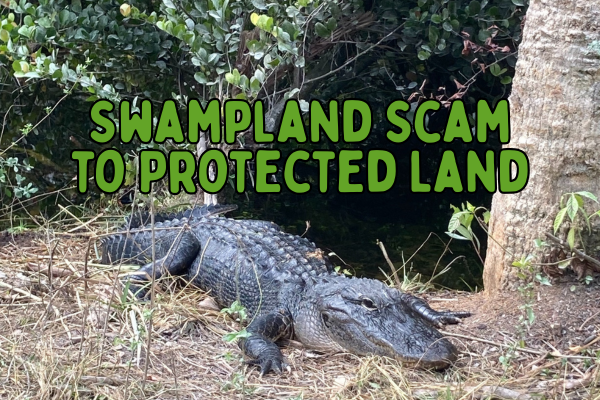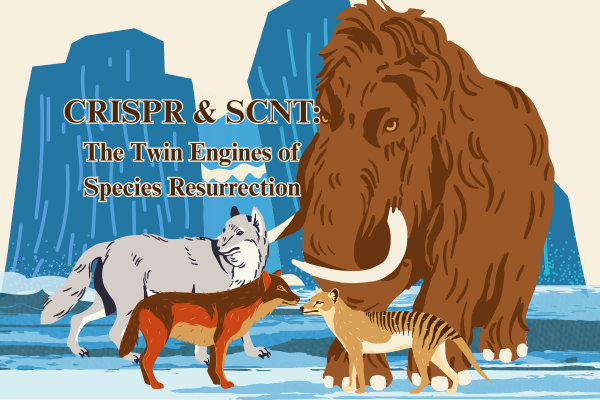The Collier County Board of Commissioners has a crucial decision to make on November 12th regarding potential new development that could affect many in Southern Collier County.
Fiddler’s Creek, which is a development that has been open since 1998, has grown over the years. Today, Fiddler’s Creek spans 4,000 acres and has 14 different “villages.” Fiddler’s Creek is eyeing even more land now, but this time is facing a significant push back due to mulitple reasons.
Fiddler’s Creek is seeking to build residential buildings on currently undeveloped land which is referred to as “Section 29.” Section 29 is not connected to the current properties of Fiddler’s Creek. As seen on a document available on the Collier County Clerk Office website, it would be west of the current residential areas of Fiddlers Creek. The map shows that “Section 29” would be off of Auto Ranch Road, which is a small one-lane road that connects to US 41.

As part of the plan, developers want to create 750 multi-family dwellings. Developers plan on making 30% of the 750 residences “income-restricted”, so residents who are not as financially well-off can get housing. Previously, the plan was brought to the attention of the Collier County Planning Commission, which they recommended against.
This proposed plan would expand the Fiddler’s Creek community into Section 29 adding an additional 750 residential units. Situated south of Royal Palm Golf Estates and the Eagles Lakes Golf Course, this area has long served as a natural wetland vital for flooding prevention and federally endangered Florida species, including but not limited to the Florida panther and Florida bonneted bat.
As a natural wetland, Section 29 safeguards the surrounding communities from storm surges and flooding during hurricanes and heavy rains. This land has historically helped prevent serious flooding to neighboring homes and businesses. The proposed development could damage this essential natural buffer. This would significantly increase flood risks for properties that rely on this protection.
Section 29 is also home to several endangered species, such as the federally endangered Florida bonneted bat (FBB) and the Florida panther, as well as the American crocodile, red cockaded woodpecker, the Eastern indigo snake, and the wood stork. While the developers have proposed mitigation strategies, much of the land suitable for wildlife habitat would be lost to development, disrupting already established animal populations.
The proposed mitigation strategies consist of a 606.8 acre off-site preserve, as well as a 7.2 on-site preserve. Although these preserves may prove to be beneficial to some species, it is important to note that these areas fall outside the targeted panther zone, even though panthers have been documented in the area.
The U.S. Fish and Wildlife Service (USFWS) has determined that the development could lead to “take,” meaning harm to the environment due to human activity. The USFWS goes on to explain that “harm is further defined by law to include significant habitat modification or degradation that results in death or injury to listed species by significantly impairing essential behavioral patterns, including breeding, feeding, or sheltering.” Incidental take is likely to happen as well. Incidental take is defined as “take that is incidental to… the carrying out of an otherwise lawful activity.” Under the law, incidental take is not prohibited, provided that it complies with the terms and conditions of the incidental take statement. It is important to note that the Endangered Species Act requires federal agencies to ensure that any action they authorize, fund, or carry out does not jeopardize the continued survival of these endangered species.
The USFWS Opinion states that the project could result in a loss of 723 acres of FBB habitat, as well as concludes that all panthers using the 718.8 acres of panther habitat in the proposed development area could be taken, both due to harassment due to noise and lights during and after development and loss of natural habitat.
In addition to the necessary construction that would be required to build the houses, construction would be required to increase the size of Auto Ranch Road to two lanes. Auto Ranch Road is currently a one-lane road that is only used by the few people who own homes on the road. To give a sense of what the construction of the road would do, here is what Auto Ranch Road currently looks like.
While Auto Ranch Road would see expansion to two lanes, it would still be expected to see significant traffic issues. Additionally, U.S. 41 would also likely see traffic and congestion issues with the new residences being added. As a consequence of this, accidents could also increase on both roads as an effect of increased traffic. Panther deaths due to traffic would likely climb as well, due to the prevalence of these animals in the area. Recent telemetry data has shown that there have been over 100 panther deaths in the surrounding 25 miles of the proposed new site.
As mentioned earlier, 30% or 225 of the new residences being created will be “rent restricted as affordable.” While this is a welcome step in making housing more affordable for many who have struggled with the housing crisis, more could be done to help those who are struggling with housing in Collier County.
The Collier County Planning Commission voted against the proposed construction earlier this year citing the problems with probable loss of habitat for panthers. The Collier County Board of Commissioners meets on November 12th at 9 AM to decide whether Section 29 will be allowed to be developed.













